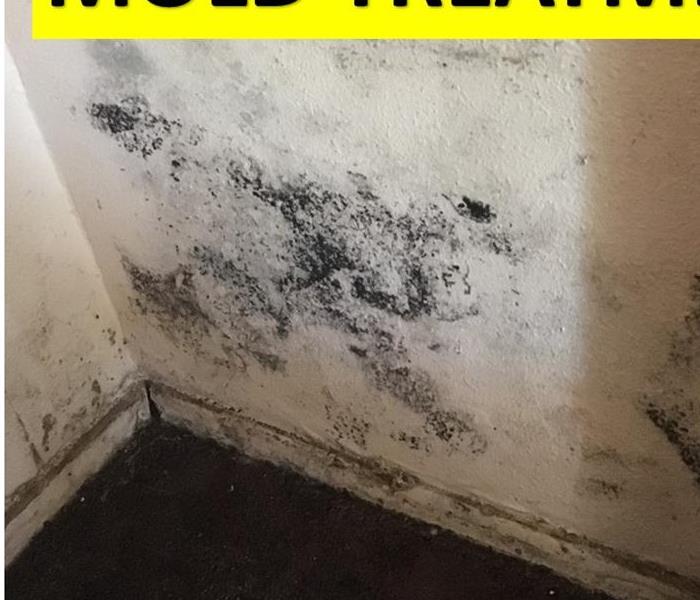Nine Ways to Prevent Mold Growth
10/17/2018 (Permalink)
Yes, mold can be good or can be a problem.
Mold can grow anywhere; can spread easily and cannot be completely eradicated. It is a problem that’s difficult and costly to fix, but it can also produce allergens and irritants that may compromise your health.
Here are ways to curb moisture indoors and the mold that thrives on it.
Do an audit of your home - where are the problem areas? Flood in the basement? condensation on an upstairs window? Water stain on the ceiling from a persistent leak? Identify problem areas in your home and correct them. Prevent mold from growing or spreading. Whatever the case, it is better to address the problem now. It might cost some money up front, but it will surely cost more down the road if it’s left unchecked.
Proper ventilation. It may be that your routine domestic activities are encouraging the growth of mold in your home. Make sure any domestic activities you do as simple as cooking dinner, taking a shower, or doing a load of laundry doesn't invite mold by providing proper ventilation in any high-moisture area. Clothes dryers, stoves — vent appliances that produce moisture to the outside. Open a window when cooking or washing dishes or showering or run an exhaust fan.
Dry wet areas immediately, mold can't grow without moisture. Seepage into the basement after a heavy rainfall, accumulation from a leaky pipe, a spill on the carpet should be dried within 24 to 48 hours. If you experienced a flood, remove water-damaged carpets, bedding, and furniture if they can't be completely dried.
Monitor humidity indoors. Indoor humidity as EPA recommends should be kept between 30 and 60 percent. Humidity can be measured with a moisture meter purchased from your local hardware store. High humidity can also be detected by simply paying attention to potential problem areas in your home. If you notice condensation, dry the surface immediately and address the source of moisture.
Equip your home with mold-resistant products. Whether you’re building or renovating a new home, use mold-resistant products like mold-resistant drywall and mold inhibitors for paints.
Direct water away from your home. The ground should be sloped away from the foundation, water may collect there and seep into your crawlspace or basement if it’s not sufficiently sloped away.
Clean or repair roof gutters. Regularly clean your roof gutters and get it inspected for damage. Repair them as necessary and keep an eye out for water stains after storms that may indicate a leak.
Improving the air flow in your home. According to the EPA, as temperatures drop, the air can hold less moisture. Excess moisture may appear on your walls, windows and floors without good air flow. Increase circulation, let fresh air in to reduce moisture and keep mold at bay.
Educate yourself. Knowing what works for your climate and your home is an important first step.
One of the benefits to choosing professional restoration through our SERVPRO team is that we have your interest at heart. Give SERVPRO a call anytime that you need us at (805) 656-3911.






 24/7 Emergency Service
24/7 Emergency Service
